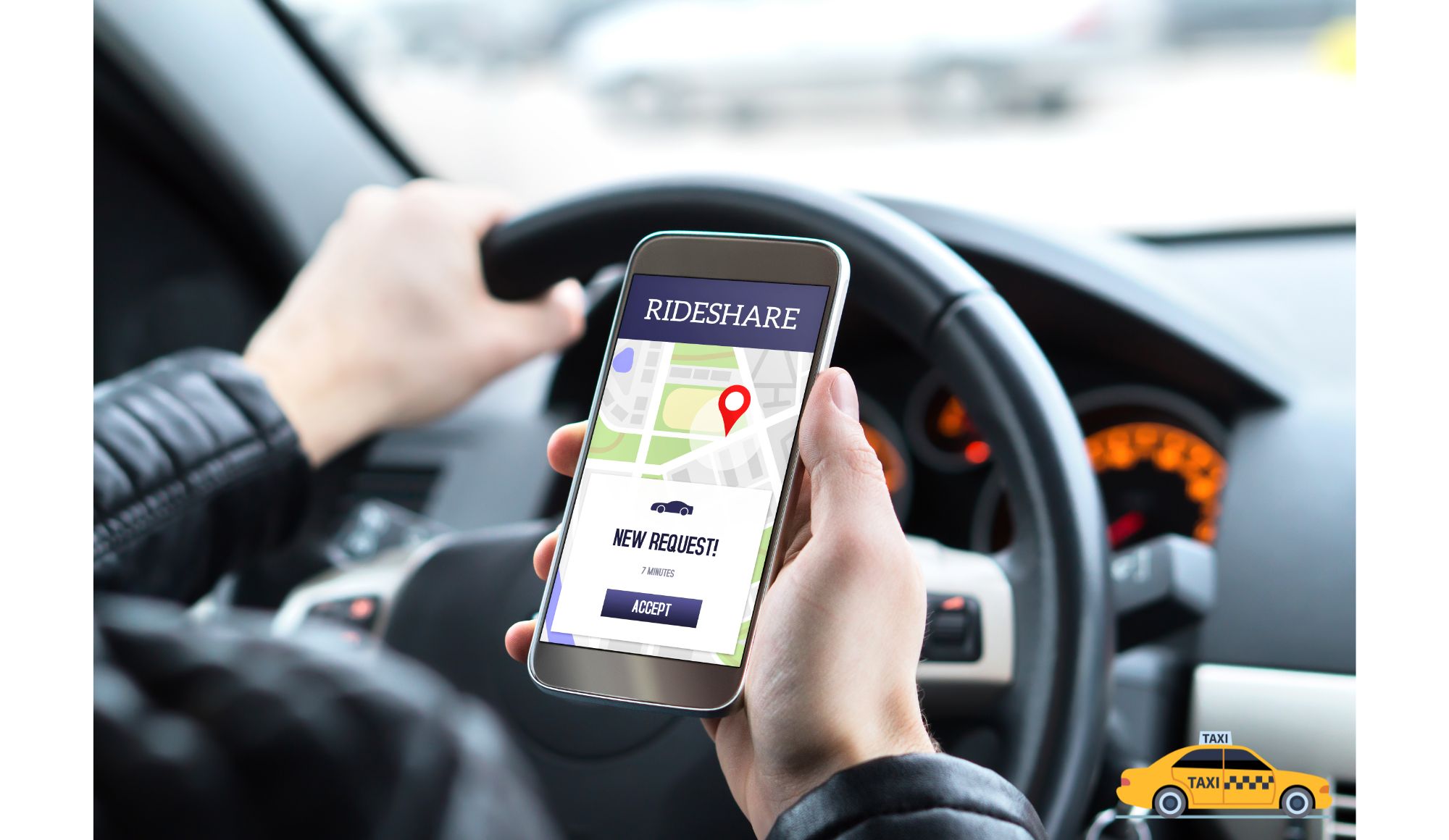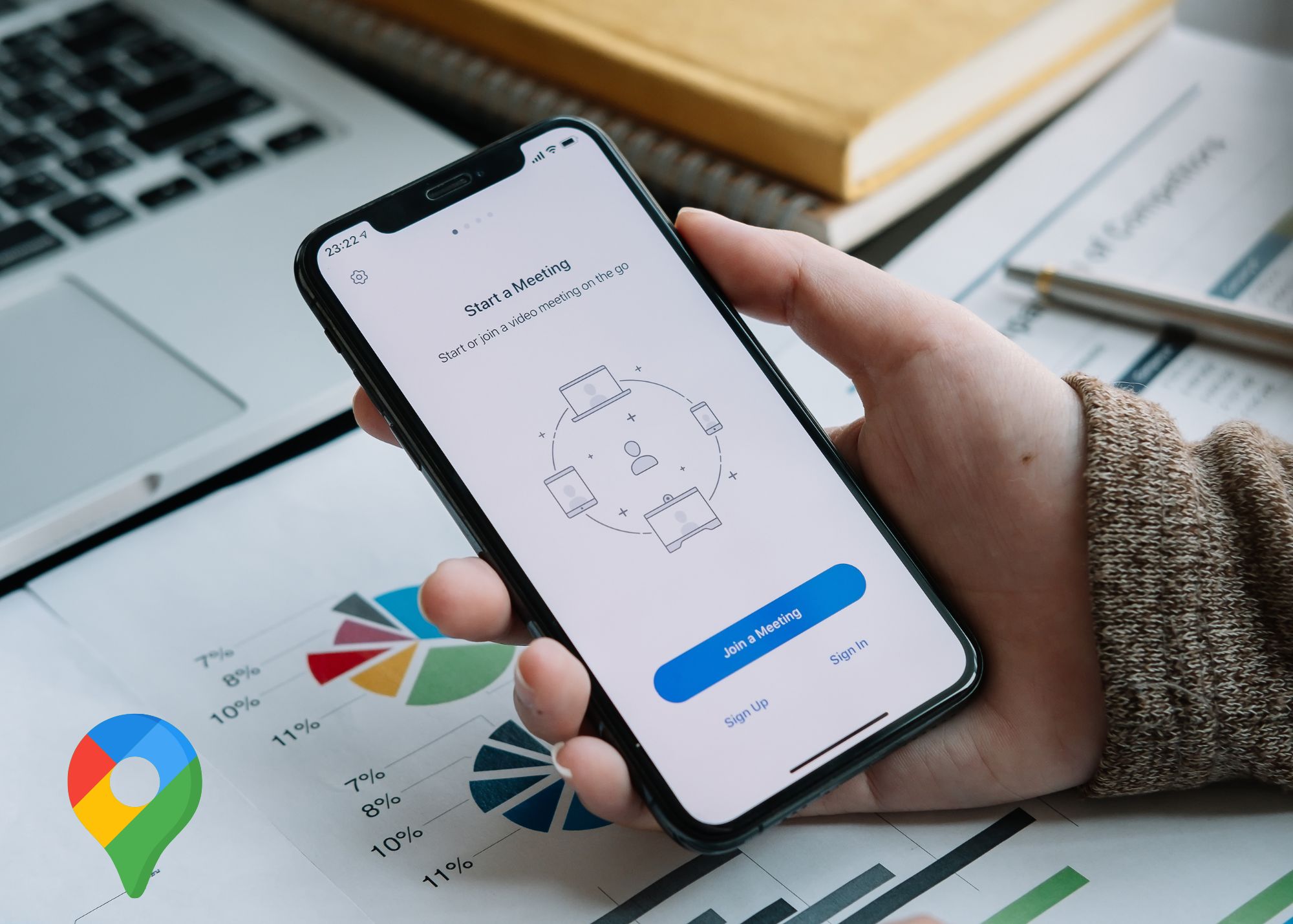66% Upside In Asian Ride-sharing Stock?
Grab Holdings has evolved into Southeast Asia’s leading super-app with operations spanning ride-hailing, food/grocery delivery, and financial services.
Growth momentum has been strong, particularly since 2023 which was a pivotal year when Grab hit its first quarterly profit. That took place in Q4 2023 on $653 million revenue, up 30% year-on-year.
Under the hood, some Grab divisions are rapidly rising alongside fast-growing user acquisition, so how do these trends fare when compared with regional competitors?
And will this growth influence Grab’s overall valuation?
Key Points
- Grab dominates Southeast Asia’s ride-hailing (70% share) and food delivery (50% share).
- MTUs hit 42M in Q3 2024, up 16% YoY, driven by strong cross-selling.
- Analysts see stock potential up to $5.27, a 66% upside, with revenue possibly doubling in a few years, pushing valuation beyond $30B.
Grab Has Three Tiers To Grow
Grab’s diversified model includes Mobility (ride-hailing), Deliveries (food, grocery, parcel delivery), and Financial Services (digital payments, lending, digital banking). All segments have contributed to recent top-line growth, but deliveries and financial services stand out as the fastest-growing divisions in percentage terms.
Food and delivery services revenue surged as eat-at-home trends stayed popular and Grab built out its suite of offerings.
Deliveries surged by their greatest amount in 2023 when revenues grew by approximately 80% year-over-year. This division now contributes about 50.6% of Grab’s total sales.
Grab’s fintech arm (including GrabPay, lending, and the new digibank venture) is smaller in absolute revenue but is growing at a rapid clip too. Just a few years ago, Grab’s financial-services revenue grew a staggering 233% year-on-year. By Q4 2023, fintech revenue had more than doubled compared to the prior year.
This rapid growth, albeit from a low base of about 12–13% of 2023 revenue, makes Financial Services the fastest growing division in percentage terms. Key drivers include higher payments volumes, lending, such as loan disbursements up 57%, and the rollout of Grab’s digital banks in Singapore and Malaysia.
Grab’s lending business has continued to grow sharply. In Q1 2024, loan disbursements jumped 64% YoY, driving the loan portfolio up 86% year-on-year to about $363 million. By Q1 2024, deposits reached $479 million, up from just $36 million a year earlier.
Grab also reported improved monetization of payment services and reduced incentive costs in fintech, which, combined with lending and new bank contributions, drove Financial Services revenue up over 50% YoY in early 2024.
Grab’s original ride-hailing business has rebounded solidly as Southeast Asia reopened. Mobility revenue has been soaring but the rate of growth is comparatively slower than Deliveries and Fintech.
Grab boosted Mobility by introducing budget options to attract price-sensitive riders and premium offerings to increase margins. Notably, tourism-fueled demand helped—Grab saw a surge in higher-spending traveler rides, as tourists spend around twice as much per ride as locals.
Deliveries Growth
- Deliveries Revenue: $380 million for Q3 2024, up 13% YoY
- Deliveries GMV: $2,965 million in Q3, an increase of 12% YoY
- Segment Adjusted EBITDA (Deliveries): $55 million, up 60% YoY
Mobility Stats
- Mobility Revenue hit $271 million for Q3 2024, up 17% YoY
- Mobility GMV: $1.6 billion in Q3, a climb of 20% YoY
- Segment Adjusted EBITDA (Mobility): $149 million, up 18% YoY, with EBITDA margin improving to ~8.8% of GMV.
Financial Services
- Financial Services Revenue: $64 million in Q3 2024, up 34% YoY
- Segment Adjusted EBITDA (Financial Services): –$26 million (negative), but improved by 27% YoY
- Loan Portfolio: Grew to $498 million outstanding, an 81% YoY increase, reflecting expansion in Grab’s lending and digital bank services.
Monthly Transacting Users Growing Fast
Grab’s has an ecosystem that has both been growing overall and increasing user engagement too. For example, Grab’s Monthly Transacting Users reached 35.5 million in 2023, up 8% from 32.7 million in 2022.
The deliveries division as responsible for a significant portion of new user activity. In fact, delivery MTUs hit an all-time high in Q4 2023 as food and grocery orders surged. Convenience has been a big hit with consumers who engage more frequently as a result.
Ride-hailing usage has also been on the rise with Mobility MTUs rising thanks to the return of commuters and tourists. Grab noted that targeting travelers who are less price-sensitive and use rides more frequently boosted engagement and spend per user.
Grab’s fintech user base is also ballooning, not least by converting existing ride/delivery users into fintech customers. For example, Grab’s new Malaysia digital bank, GXBank, saw 100,000 sign-ups in its first two weeks of launch, with 79% of those depositors already Grab platform users.
Similarly, over 80% of Grab’s Singapore digibank users were existing Grab users so it’s clear that cross-selling initiatives are working well.
In the third quarter of 2024, Monthly Transacting Users reached about 42 million, an all-time high, roughly a 16% year-over-year increase.
Subscribers to GrabUnlimited spend significantly more and stay longer. For example, GrabUnlimited members spent about 4.2× more on food deliveries compared to non-subscribers, and their average retention rate was ~2× higher than non-subscribing users.
Overall, Grab’s fastest user growth is coming from Deliveries and Financial Services in the form of new product users. This ballooning user base across services is further strengthening Grab’s super-app ecosystem, leading to higher cross-usage of multiple services per user increases lifetime value and stickiness.
Competitive Landscape in Southeast Asia
Grab’s internal growth needs to be seen in context: it largely outpaces key regional competitors in both scale and growth trajectory, consolidating Grab’s leadership in Southeast Asia’s on-demand economy.
Grab holds an enviable market position with roughly 50% of the food delivery market and 70% of the ride-hailing (mobility) market in Southeast Asia. This translates to more than double the share of its nearest competitor in ride-hailing and is on par with combined rivals in delivery.
Indonesia-based Gojek (part of GoTo Group) competes in mobility and food delivery but Grab’s growth has recently outshone Gojek’s.
Competitors include Delivery Hero’s Foodpanda, Sea Ltd’s ShopeeFood, and Gojek’s GoFood. Delivery Hero explored selling its Foodpanda SEA operations to Grab a couple of years ago, a sign that Grab’s dominance is hard to challenge.
Grab is not without its fair share of rivals looking to elbow in on its territory. Indonesia’s GoPay and Malaysia’s Touch ‘n Go stand out as prime competitors but management’s plan to capitalize on the existing ride/delivery network for fintech distribution is an edge. The 79% conversion of existing users into new bank customers highlights the power of the installed user base.
Grab’s outstripping competitors and growing faster and at a larger scale, reinforcing its market leadership. This market-leading growth relative to peers means Grab has a stronger platform for future expansion and justifies investor confidence compared to regional alternatives.
Is Grab Stock a Buy Hold or Sell?
Grab stock is a buy and has the potential to rise to as high as $5.27 per share according to the calculations of 27 analysts.
Grab’s fastest-growing divisions, Deliveries and Financial Services, are mushrooming so fast they are even eclipsing the recovery in Mobility.
If current growth trends persist, total revenues may very well realistically double within a few years, which would translate to a market capitalization well above $30 billion, or a 66% gain from present levels.



